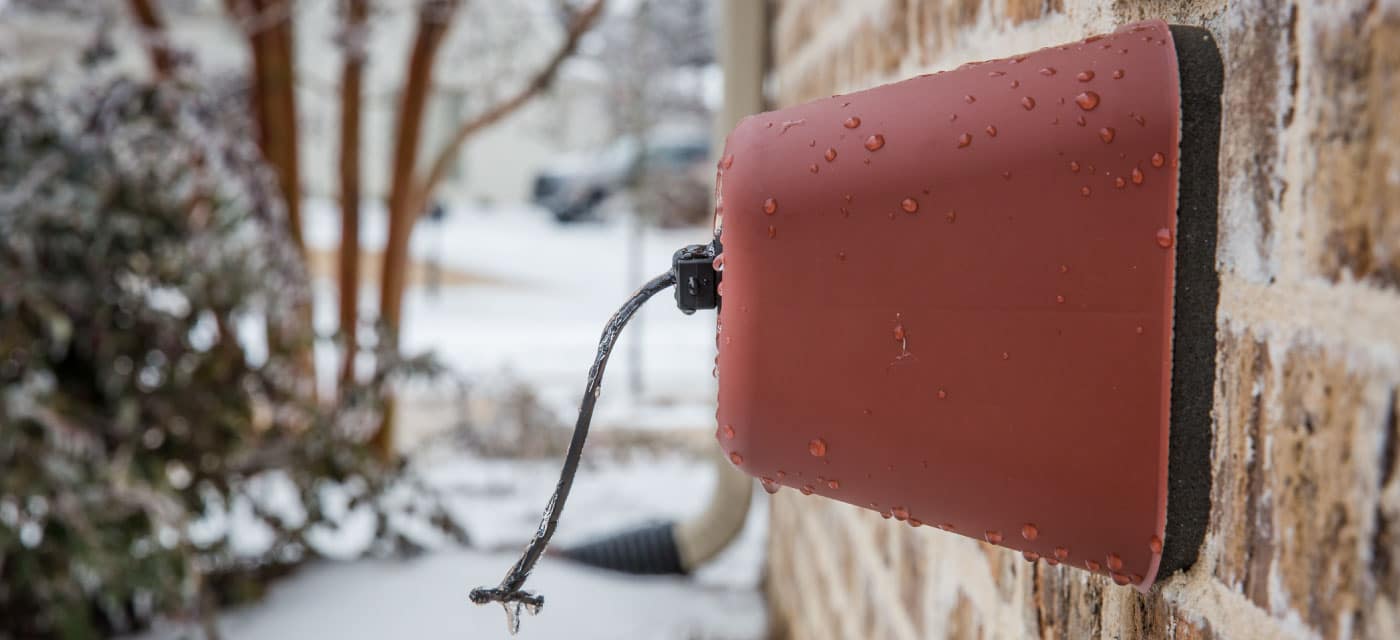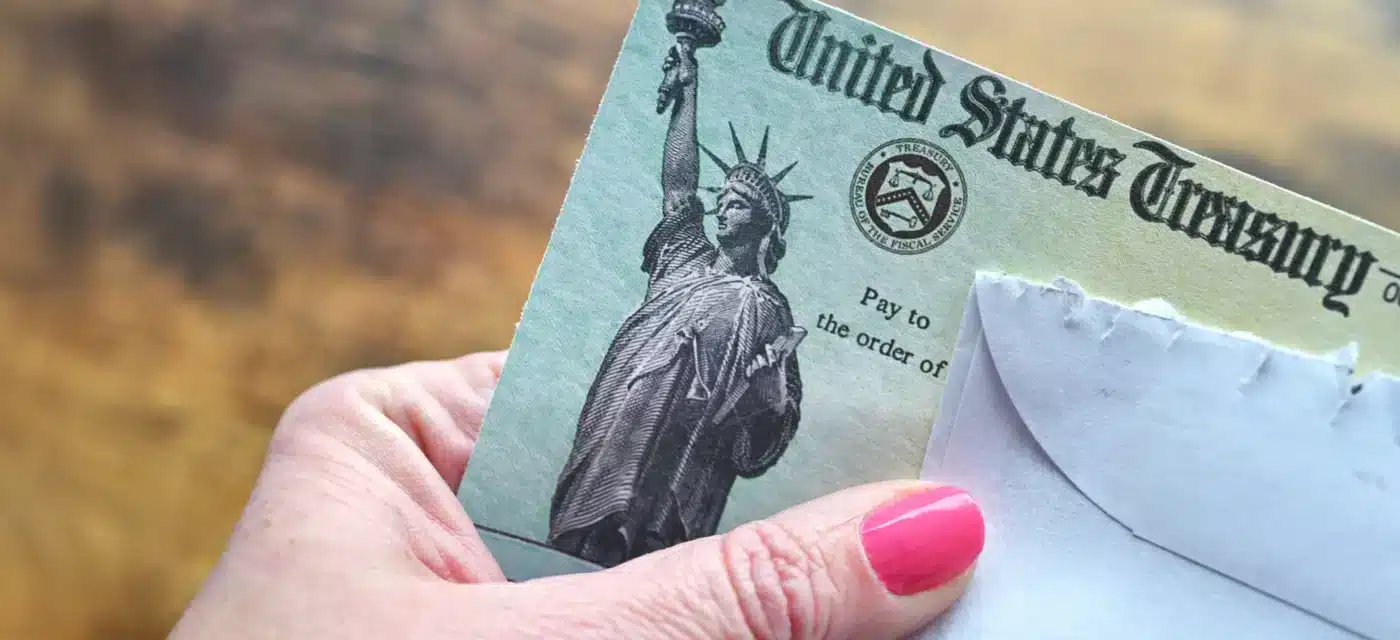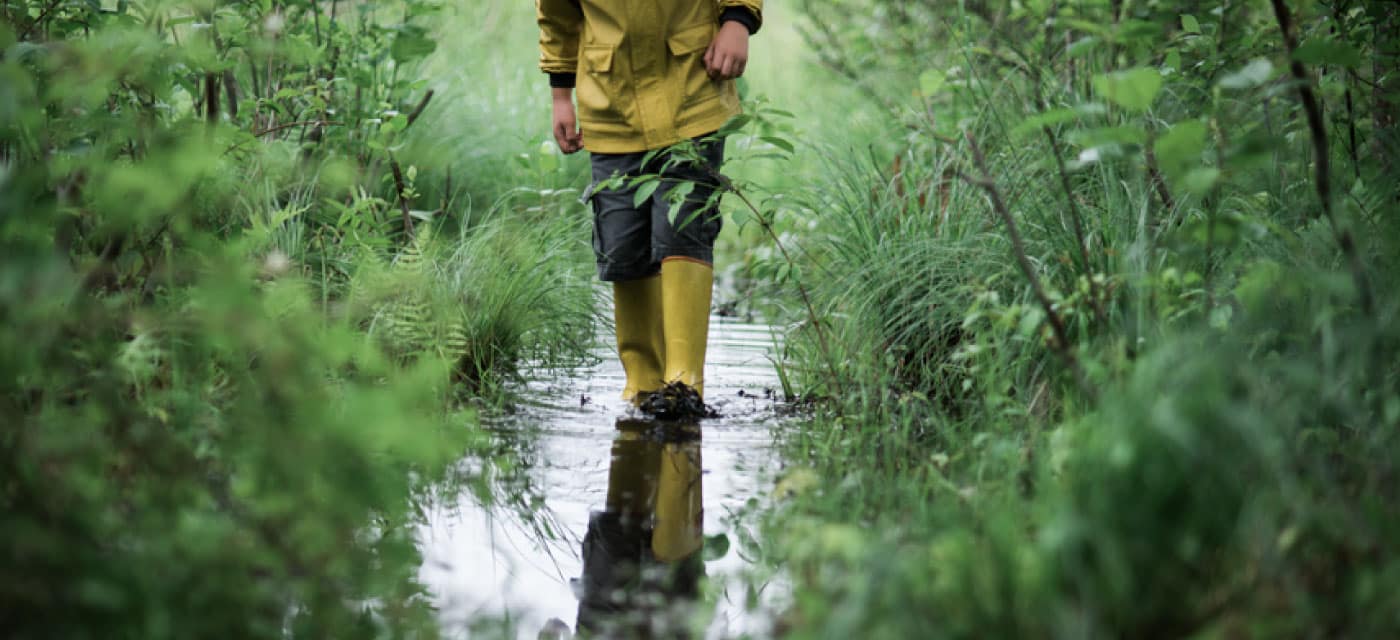How To Protect Your Home From Winter Weather & Save
Are you prepared for the winter weather? Learn how to care for your home during harsh weather to save you from expensive repairs.

Just like a car, homes need maintenance too. By performing just a few simple, inexpensive maintenance tasks, you can save money on repairs and also significantly reduce energy costs. Here are a few easy tips to winterize your home:
Winterize Your Home
Protect Your Water Pipes
When the water in pipes freezes, it expands in size and could cause pipes to crack. If the pipe cracks from the expansion of the frozen water, it could cause a leak or a hole to form when the water thaws. According to fixr.com, the average cost of repairing a leaking pipe is $500 and can cost as much as $2,000.
Covering an outdoor faucet with a protector can help protect outdoor water faucets from the harsh winter wind and sun. This simple gadget can also help protect against leaks and broken pipes. A protector costs between $5-$10, which is much better than paying for expensive repair costs if a pipe bursts.
We can also cover exposed pipes not in insulated places with thermal pipe covers. Prices range from $2-$10 for 20-35 feet. However, these covers may not fully protect pipes from freezing. Therefore, leaving faucets dripping during extremely low temperatures is recommended, especially if the pipes are outside a cement slab.


Steps To Take After A Natural Disaster
When a natural disaster strikes, the immediate focus is on safety. But after the disaster is over, it’s time to assess the damage and take action to move forward.
Prevent Air Drafts
Home heating and cooling costs are variable expenses, meaning the amount changes every month. Due to the nature of this bill, it’s hard to predict the amount from month to month. However, whether you own or rent your home, taking a few measures to ensure your home is well insulated will help keep energy bills manageable.
The first tip in preventing air drafts is to caulk the seal of windows in your home, inside and out. If you can feel wind coming in or out from around windows or if the seal is visibly cracked or worn, it will need to be resealed. The fastest, least expensive, and easiest way to reseal a window is to caulk the seal. For this process, you can order online or visit your local hardware store to buy caulk ($3-10) and a caulking gun ($4-15). To make the caulk look nice and clean, you may want to invest in a caulking edger ($1-$6).
Another way to prevent drafts is changing the seals on doors that lead to the outside. These doors usually include the interior door leading to the garage, the garage door itself, front, side, and back doors leading to the outside. When worn, changing the door gasket on the bottom of these doors is a great way to save energy. The gasket prevents air from flowing into the house and keeps the temperature-controlled air from escaping. Garage door gaskets are under $25, and regular-size door gaskets are $10-$20 at any hardware store. A free but more temporary fix is rolling a towel or blanket to fit under doorways to block the breeze from entering your home.
The last way of saving on energy costs is by adjusting the thermostat. According to energy.gov, when a thermostat is adjusted 7-10° for 8 hours a day, it can lower energy use by an estimated 10%! To make this change in temperature more tolerable for the people inside the home, wear warm clothes like robes and house shoes, and use extra blankets. Also, ensuring windows and doors remain closed while using energy to regulate the temperatures in the home would help reduce costs as well.
Regulate Temperatures
Though the price tag is much higher than the tips previously mentioned, installing insulation behind exterior walls and in crawlspaces and attics will help regulate temperatures. This solution has a more permanent effect since, unless damaged, it can last up to 100 years without replacement. However, insulation costs between $1-$7 per square foot, making a 1,500 sq. ft. attic cost between $1,500-$10,500 depending on the material and the labor costs of someone hired for the installation. By choosing Blown-In insulation, the cost of materials can be lowered to $0.33-$2.40 a square foot reducing the 1,500 sq. ft. attic to $495-$3,600.
Have you ever noticed that the sun sometimes shines brightest on cold days? Take advantage of the sun and use it to heat your home. Opening the curtains on a cold day can help reduce energy usage because the sun will help heating units run less. Also, installing energy-efficient curtains on windows and closing them during the hottest hours in the summer could lower energy costs by up to 3%.
Summary
There are several ways to lower energy usage and cut heating and cooling costs. Using just a few of these easy and inexpensive winterizing methods can significantly reduce energy and repair costs. In addition, there’s another benefit to protecting our homes; it’s our most significant asset and keeps us comfortable and protected.
Copyright BALANCE


Apply For A Mortgage
Take the stress out of homebuying – get the mortgage you need at a great rate and with lower fees.
Related Articles
Paper Checks Eliminated – Why Government Check Recipients Need To Act Now

The federal government will soon eliminate paper checks for most federal payments. If you’re impacted, act now for a seamless transition.
4 Financial Steps To Take After A Natural Disaster

As your credit union, we’re always here to help if you need assistance. Here are four financial steps to take after a natural disaster.
How Long Should I Keep My Bank Statements and Financial Documents?

Determining whether to keep or shred bank statements and financial documents can be confusing – use our simple guide to get started.
